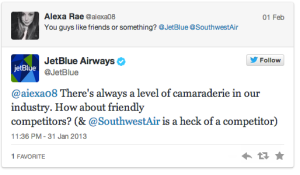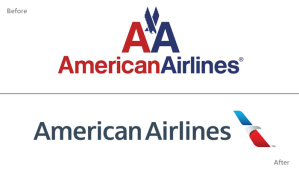We have seen how airlines and airports alike are using social media to reach more potential fliers and to connivence their existing ones. The interactions between industry and customer that we have seen so far have been useful information being given out for the sake of the flier. There is however a side of social media that companies need to be aware of, sometimes things should be answered in a more professional way than via social media.
Delta Airlines is a perfect example of this, Delta had begun to establish themselves online like most other airlines do, starting with a Twitter page and a Facebook page as well. In addition Delta made a separate verified Twitter page for just customer support inquires. One flier tweeted into DeltaAssist about how aggravated she was with her flight delay and subsequent cancellation of her connecting flight. DeltaAssist quickly replied offering to help rebook her new flight through Twitter’s Direct Message service. It allows Twitter users to have conversations that do not show up publicly.
The more unpleasant side of social media relationships effected Delta in February of 2014. Lindsay Jaynes whose 10-week old son is required to eat every two hours, and cannot feed from the bottle or under a cover, asked Delta about their policy on breastfeeding. Delta replied telling the flier that she must cover up so they suggested she pump before hand. Lindsay then replied along with several other Twitter users about the false information given by Delta’s tweet. You are allowed to legally in the United States and Delta has no official policy regarding breastfeeding. While Delta apologized quickly for the misinformation, the damage was already done, and Twitter exploded over the issue. After the brief exchange between Lindsay and Delta the event was over, but the lasting impressions remain. Simply doing a Google search of Delta and Twitter immediately brings up this story.
This is a good example of how far business’s using social media still have to go in terms of working out all of the kinks of using social media effectively. While Delta did nothing wrong in replying to her, they were nice, the tone was there, the rapid response was there. The thing that was missing was taking the extra minute to check their policy’s and facts. One challenge that stares business in the face is finding the balance between rapid responses and quality responses. I think that Delta learned a valuable lesson with no major consequence in this case, but they will have to learn what the correct mediums and times are to use social media.


